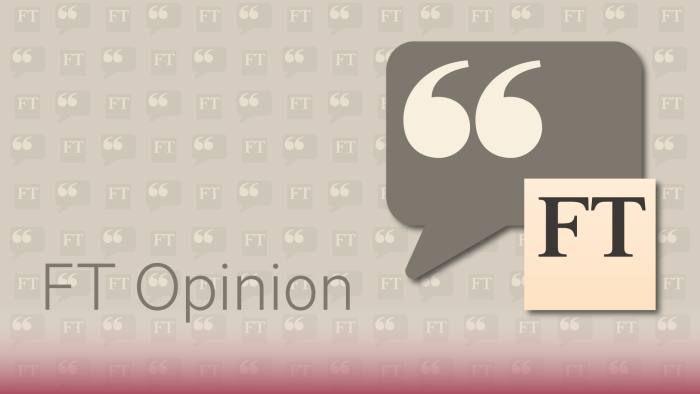These superfund zombies won’t take over the pensions market
Everyone seems to think that superfunds can play a role in solving the UK’s pensions woes. Typically, however, the word is being used to refer to at least three slightly different things.
Pensions is a scale game, where bigger pots of cash mean lower costs, more diversified investment and, hopefully, better returns. The government is intent on shifting pension fund assets into more productive and higher risk investments to help the UK economy as well as (and it sometimes feels secondarily) trying to improve the position of members themselves.
Hence the desire to supersize. First, there is the idea of a public consolidator, possibly through the Pension Protection Fund, which would sweep up small, underperforming defined benefit schemes that have no other options. Expanding on that, there is then the unifying theory of everything superfunds, as proposed by the Tony Blair Institute, which would crunch together the entire pensions market into a series of not-for-profit uber-funds.
Third, there is the commercial superfund concept, the one the government seems most interested in. This is a for-profit pensions structure that could consolidate old defined benefit schemes — still a drag on corporate balance sheets, but short of the funding levels required for the gold standard surety of a buyout that transfers all liabilities to an insurance company.
This idea to help schemes in limbo has itself been stuck between living and dead for some time. The government consulted on it in 2018, but only responded to that process this month. An interim regulatory regime, under the Pensions Regulator, was set up in 2020. Only one superfund has been authorised, Clara. It has yet to strike any deals.
Superfunds would replace the employer covenant behind members’ pensions with a capital buffer provided by investors, probably private equity. The conflicts of interest inherent in combining profit-seeking investors and protection of members’ benefits would be managed in a lighter-touch way than in the insurance world, enabling a cheaper route to getting pension obligations off companies’ books. This, as the Bank of England has pointed out, is ripe for regulatory arbitrage. It wanted superfunds to be used only as a stepping stone to a buyout.
These concerns and the uncertainty of an interim regime has stymied development of the market. Pensions trustees need a compelling reason to put members into a riskier regime, rather than continue working towards buyout — the most obvious one being the distress or likely insolvency of a sponsor that could pitch members into the PPF lifeboat, cutting benefits.
FT Opinion

Catch up with the latest opinion articles from the Financial Times by subscribing to our FT Opinion email newsletter. Sign up here for your daily guide to today’s debates.
The pensions market has transformed in the meantime. Higher interest rates have helped the DB market to record surpluses and funding levels, according to the PPF. Schemes told a year ago that they were decades from buyout have struck insurance deals. The average scheme, estimates consultants LCP, has funding at 90 per cent of the level required for buyout — a position where schemes should usually be waiting to achieve that goal.
That doesn’t mean that there aren’t any deals for Clara to do. It offers a decidedly low risk “bridge to buyout” model, where schemes are also held separately to avoid issues of cross-subsidisation.
But in its determination to kickstart the market, the government proposed this month throwing the doors open to racier models, co-mingled funds, earlier profit extraction and more principles-based safeguards to facilitate deals. There is some suggestion that greater risk could be tolerated within superfunds to maintain at least a 10 per cent pricing discount to insurance deals. Guidance expected soon from the Pensions Regulator will also address some of these points, including make it easier for investors to take returns.
The market could still struggle without a statutory regime. The risk of regulatory arbitrage remains. And a more gung-ho approach may not comfort pension trustees, obliged to put members’ interests first, when weighing up whether to take the plunge into superfunds. That is especially the case given the chances that this market comes under renewed political scrutiny around its investment decisions.
These superfunds may not be so supersized after all.
This story originally appeared on: Financial Times - Author:Helen Thomas




























